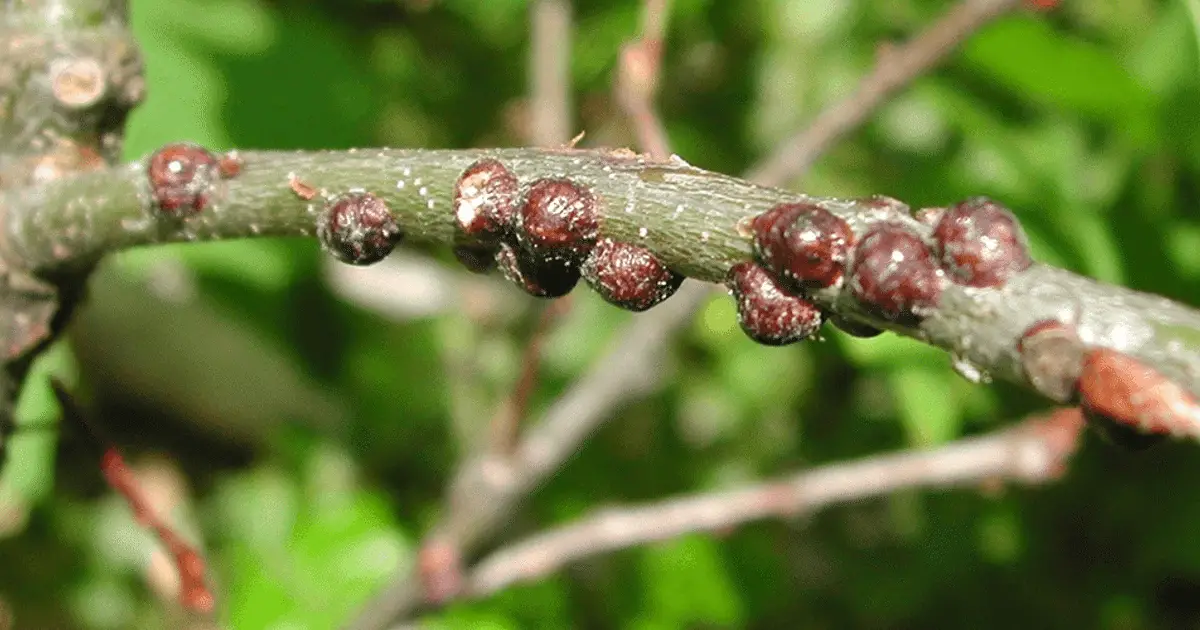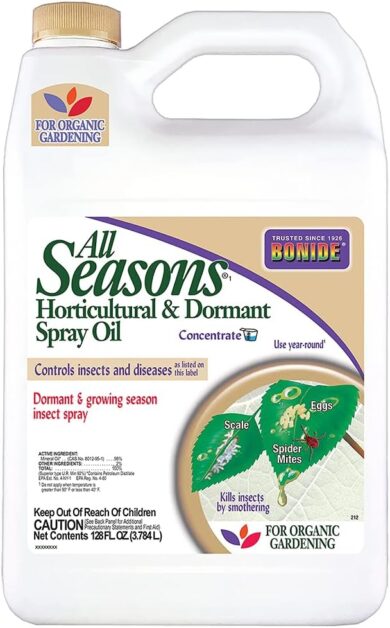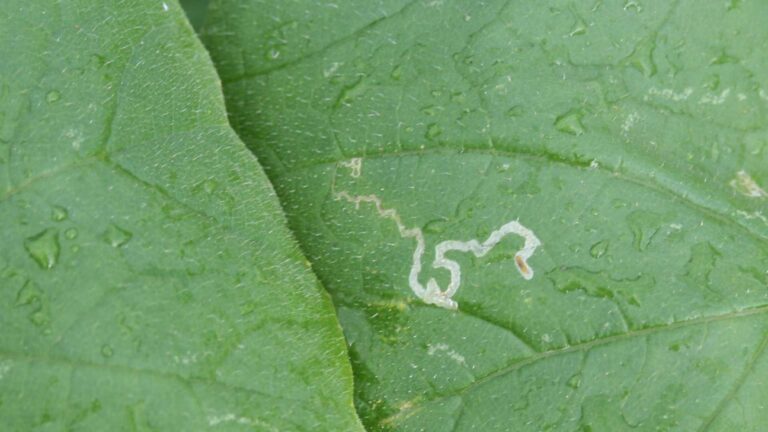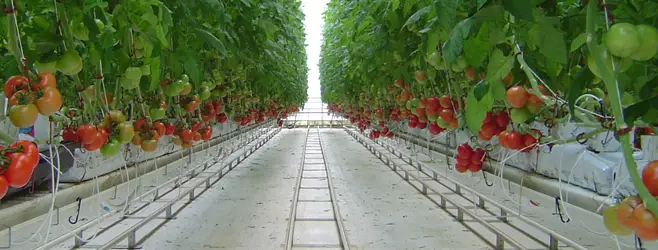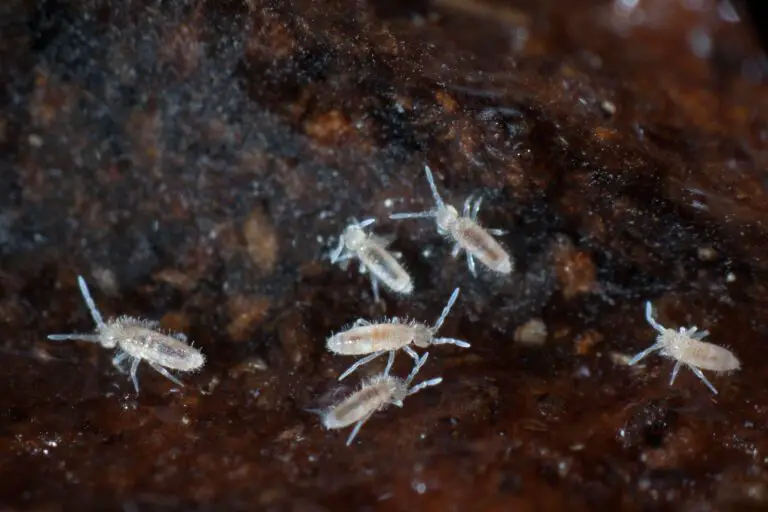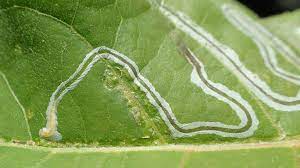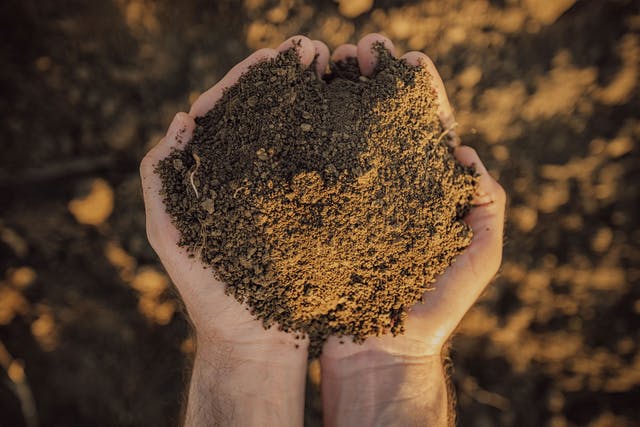How to Get Rid of Scale Insects: 5 Effective Ways to Handle and Halt These Pests from Your Plants
Are tiny, armored invaders wreaking havoc on your prized plants? Scale insects might be the sneaky culprits draining your greens’ vitality. But fear not, green thumbs! In this comprehensive guide, we unveil five battle-tested strategies to vanquish these persistent pests and restore your garden’s glory. From DIY remedies to expert tips, we’ve got you covered. Did you know that scale insects are masters of disguise, camouflaging themselves to evade detection? But don’t let their cunning ways deceive you! Arm yourself with knowledge and arm your plants with protection. Say goodbye to scale insects and hello to thriving greenery! It’s time to reclaim your garden’s health and vitality.
Table of Contents
Understanding Scale Insects: Identifying the Common Culprits and their Damaging Effects
Scale insects are a common problem that many gardeners face when it comes to maintaining healthy plants. These tiny pests are often the culprits behind the damage seen on leaves, stems, and even fruits of various plants. Identifying the common culprits of scale insects is crucial in effectively dealing with the infestation and preventing further harm to your plants.
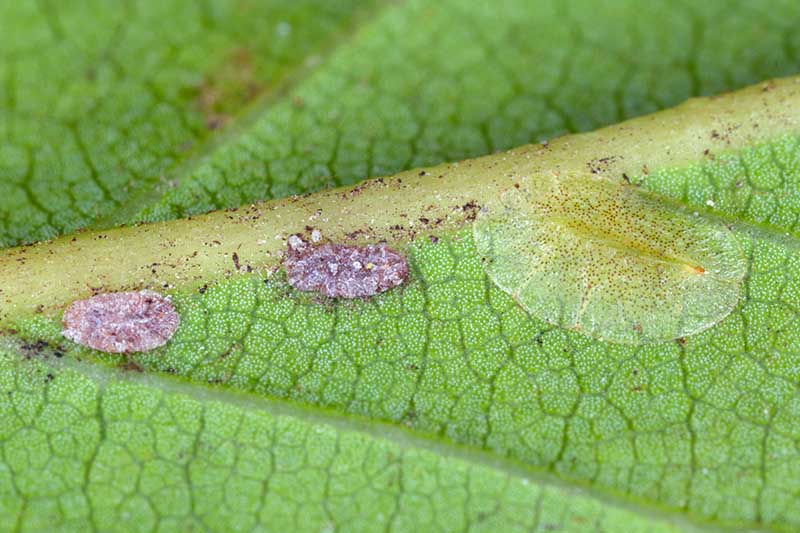
- What Are Scale Insects?
- Scale insects are circular to oval insects that feed on plant sap within stems and leaf tissue.
- Adult females are more visible than tiny adult males. Females in certain species can reproduce asexually without needing males.
- There are over 8000 species of scale insects worldwide.
- Types of Scale Insects:
- Soft Scales: These secrete a waxy coating that can protect them against many insecticides. Examples include pink wax scale and mealybugs.
- Armored Scales: These have a hard, protective covering. They can be challenging to control due to their armor. Examples include San Jose scale and oystershell scale.
- Miscellaneous Species: Other scale insects fall into this category.
- Harm Caused by Scale Insects:
- Weakening Plants: While a few scale insects won’t cause much harm, infestations can significantly weaken a tree or plant. This makes them susceptible to other pests, diseases, and stresses.
- Honeydew Production: Some scale insects create a sticky substance called honeydew. This can lead to the growth of black sooty mold on leaves, blocking sunlight needed for photosynthesis.
- Yellowing Leaves: Scales use their piercing-sucking mouthparts to extract plant fluids. Feeding on leaves may cause them to yellow, and plants may appear water-stressed.
- Transmission of Plant Viruses: Scale insects can also transmit various plant viruses.
In the following sections, we will explore the signs of scale infestation, methods to determine the severity of the problem, and strategies to mitigate the damage caused by these pests.
As an avid gardener, delving into “Armored Scale Insects” provided invaluable insights into these common pests. The book’s detailed descriptions and visual aids facilitated accurate identification, empowering me to tackle infestations effectively. With its comprehensive coverage of management strategies, I could tailor approaches to suit my garden’s needs, mitigating damage and preserving plant health. This resource has undoubtedly become a go-to guide in my quest for pest-free gardening.
- Informational Resource: The book likely provides comprehensive information about armored scale insects, including their biology, behavior, and management strategies.
- Identification Guide: It may offer detailed descriptions and images to help readers identify armored scale insects in their gardens or landscapes.
- Management Strategies: The book could provide valuable insights into various management approaches, including cultural, mechanical, biological, and chemical control methods.
- Pest Prevention: By understanding the lifecycle and habits of armored scale insects, readers can take proactive measures to prevent infestations and minimize damage to plants.
- Reference Material: This book may serve as a valuable reference for entomologists, pest management professionals, horticulturists, and avid gardeners interested in learning more about armored scale insects.
- Limited Practicality: While informative, the book may be more suitable for professionals or enthusiasts with a specific interest in entomology or pest management, rather than casual gardeners.
- Technical Language: Some readers may find the scientific terminology and jargon challenging to understand, particularly if they have limited experience in the field of entomology.
- Lack of Personalization: The book may not address specific regional or situational factors that could influence the management of armored scale insects in different locations or environments.
- Cost: Depending on the price of the book, readers may consider the cost relative to the amount of information provided and their level of interest in the topic.
- Updates: Like any printed material, the information in the book may become outdated over time as new research and management techniques emerge, necessitating additional resources or updates.
Recognizing the Signs of Scale Infestation: Visible Indicators that your Plants are Under Attack
Scale insects are a common pest that can wreak havoc on your beloved plants. Identifying the signs of a scale infestation is crucial in order to take timely action and protect your plants from further damage. Fortunately, scale insects leave behind visible indicators, allowing you to recognize their presence and take necessary steps for control.

- Raised Bumps: Scale infestations manifest as small, raised bumps on plant stems, leaves, or fruits, known as scales. These can vary in color and size, often appearing dark, brownish, or tan, and may be round or elongated. They’re typically encased in a waxy or shell-like covering, making them resilient and challenging to remove.
- Sticky Honeydew Residue: Another indicator of scale infestation is the presence of sticky honeydew residue on leaves or nearby surfaces. Scale insects feed on plant sap, secreting this sweet substance as a byproduct. Aside from attracting ants and other pests, honeydew can foster the growth of sooty mold, a black fungal growth harmful to plants.
- Vigilance is Key: Regularly inspect your plants for these telltale signs of scale infestation. Early detection allows for prompt action to protect your plants’ health and vitality.
Keep an eye out for upcoming tips on assessing the severity of a scale problem and effective management strategies to combat these pesky pests.Stay tuned to learn more about determining the severity of a scale problem and effective management strategies to combat the pesky insects.
Determining the Severity of the Scale Problem: Assessing the Extent of Infestation
Determining the severity of a scale problem is crucial in effectively addressing and managing infestations. By accurately assessing the extent of infestation, gardeners can develop appropriate strategies to combat and control scale insects.
- Count Scales: Conduct thorough inspections of affected plants, focusing on leaves, stems, and branches where scale insects congregate. Counting the number of scales provides a rough estimate of the infestation’s severity.
- Regular Monitoring: Scales reproduce rapidly, so perform regular inspections and monitor population trends over time to track changes in infestation levels.
- Assess Plant Health: Observe the overall health and vigor of infested plants. Scale feeding on plant sap deprives them of essential nutrients, leading to weakened growth, stunted development, and leaf discoloration. Evaluating plant condition helps gauge the extent of damage inflicted by scale infestation.
By combining scale count assessments with observations of plant health, gardeners can accurately determine the severity of the infestation and make informed decisions regarding treatment strategies.
Researching the Life Cycle and Habits of Scale Insects: Gathering Essential Knowledge for Effective Control
Researching the Life Cycle and Habits of Scale Insects is an essential step in understanding these pests and effectively controlling their population. By delving into the intricacies of their life cycle and habits, gardeners can gain valuable insights into their behavior and devise targeted strategies to combat them.
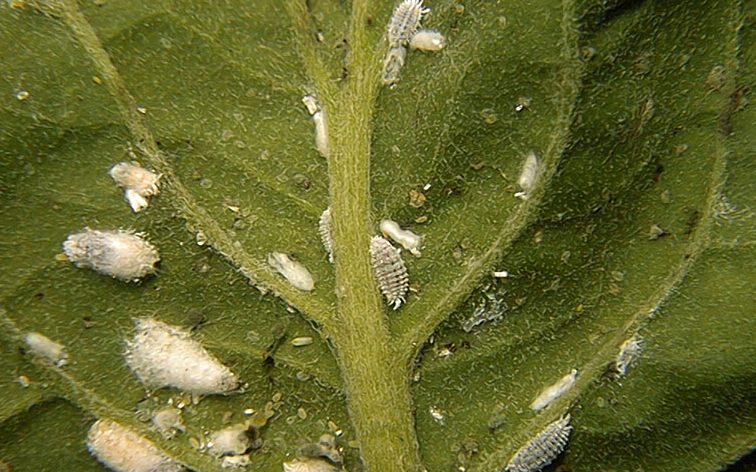
By grasping the life cycle and habits of scale insects, gardeners can intervene effectively, safeguarding plant health and vitality from these destructive pests.
Promoting Plant Health and Vigor: Strengthening your Plants to Ward off Scale Insects
To ensure your plants remain healthy and resilient against scale insects, it is essential to promote their overall vigor. A strong and thriving plant is more equipped to defend itself against these pests.
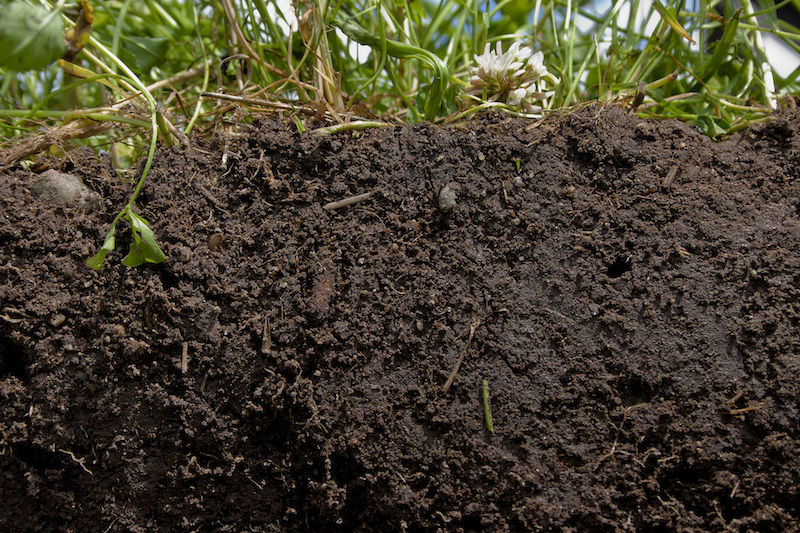
- Nutrient-Rich Soil: Maintain well-balanced soil by regularly testing and amending it with organic matter or fertilizers to boost plant resistance against scale infestations.
- Tailored Care: Understand your plants’ specific needs for watering and sunlight exposure, adjusting your care routine accordingly to promote optimal growth and resilience against pests.
- Proper Watering: Water plants at the base to prevent excess moisture that may attract scale insects, avoiding overhead irrigation whenever possible.
- Sunlight Exposure: Ensure plants receive adequate sunlight to foster strong growth and reduce susceptibility to infestation.
- Regular Pruning: Trim dead or diseased plant material to maintain a clean garden environment and deter scale insects, which often hide in neglected areas.
- Sanitation Practices: Clean and disinfect gardening tools regularly to prevent the spread of scale insects and other pests between plants.
In the next section, we will discuss physical methods of scale insect removal, which involves manual techniques to directly reduce infestation. By combining these strategies with promoting plant health and vigor, you can form a strong defense against the damaging impacts of scale insects.
Physical Methods of Scale Insect Removal: Manual Techniques to Reduce Infestation
Physical methods of scale insect removal are an essential part of reducing infestation and restoring the health of your plants. Manual techniques offer a hands-on approach to directly remove these pests, helping to break their life cycle and prevent further damage.
- Manual Removal with a Soft Brush or Fingernail:
- Gentle Approach: When manually removing scales, use a soft brush or your fingernail to scrape them off. Be gentle to avoid damaging the plant.
- Target Both Surfaces: Examine both the upper and lower surfaces of leaves, as well as stems and branches. Scales can hide in these areas.
- Vulnerable Scales: By removing the protective covering, you expose the scales to environmental factors and natural predators.
- High-Pressure Water Spray:
- Labor-Intensive Method: For larger infestations or hard-to-reach areas, consider using a high-pressure water spray.
- Caution: Use moderate water pressure to avoid damaging the plant. Direct the spray from different angles to dislodge scales.
- Enhance with Scrubbing: Combining water spray with scrubbing or brushing off loosened scales can improve effectiveness.
By employing these manual techniques, you can significantly reduce scale insect populations and prevent their continued damage to your plants. However, it is important to remember that physical methods may not completely eradicate all scales, especially in severe infestations. Thus, a combination of other control methods, such as biological controls or horticultural oils, may be needed for a comprehensive approach to scale insect removal and prevention.
Natural Predators and Biological Controls: Harnessing Nature’s Helpers to Combat Scale Insects
Natural predators and biological controls play a crucial role in combatting scale insects, offering a natural and sustainable solution to manage infestations. These beneficial organisms are nature’s own pest control system, helping to keep scale populations in check without the need for harmful chemical insecticides.

- Ladybugs (Lady Beetles): Adults and larvae of ladybugs feed on scale insects, reducing their numbers and preventing further damage to plants.
- Lacewings: Both adult lacewings and their larvae prey on scales, particularly in their larval stage, providing effective biological control.
- Parasitoid Wasps: Female parasitoid wasps lay eggs inside scale insects, and as the wasp larvae develop, they feed on and kill their host. This natural process helps control scale populations without relying on chemical treatments.
- Sustainability: Utilizing natural predators and beneficial organisms reduces reliance on chemical treatments, promoting a healthy and balanced garden ecosystem.
By harnessing the predatory power of ladybugs, lacewings, and parasitoid wasps, gardeners can effectively manage scale insect infestations while promoting a sustainable and eco-friendly approach to gardening.
Using Horticultural Oils and Soaps: Safe and Effective Solutions for Scale Insect Control
Horticultural oils and soaps offer safe and effective solutions for controlling scale insects in your garden. These products work by suffocating and dehydrating the pests, effectively eliminating their presence on your plants. Whether you prefer organic or conventional methods, horticultural oils and soaps provide an environmentally friendly approach to scale insect control.
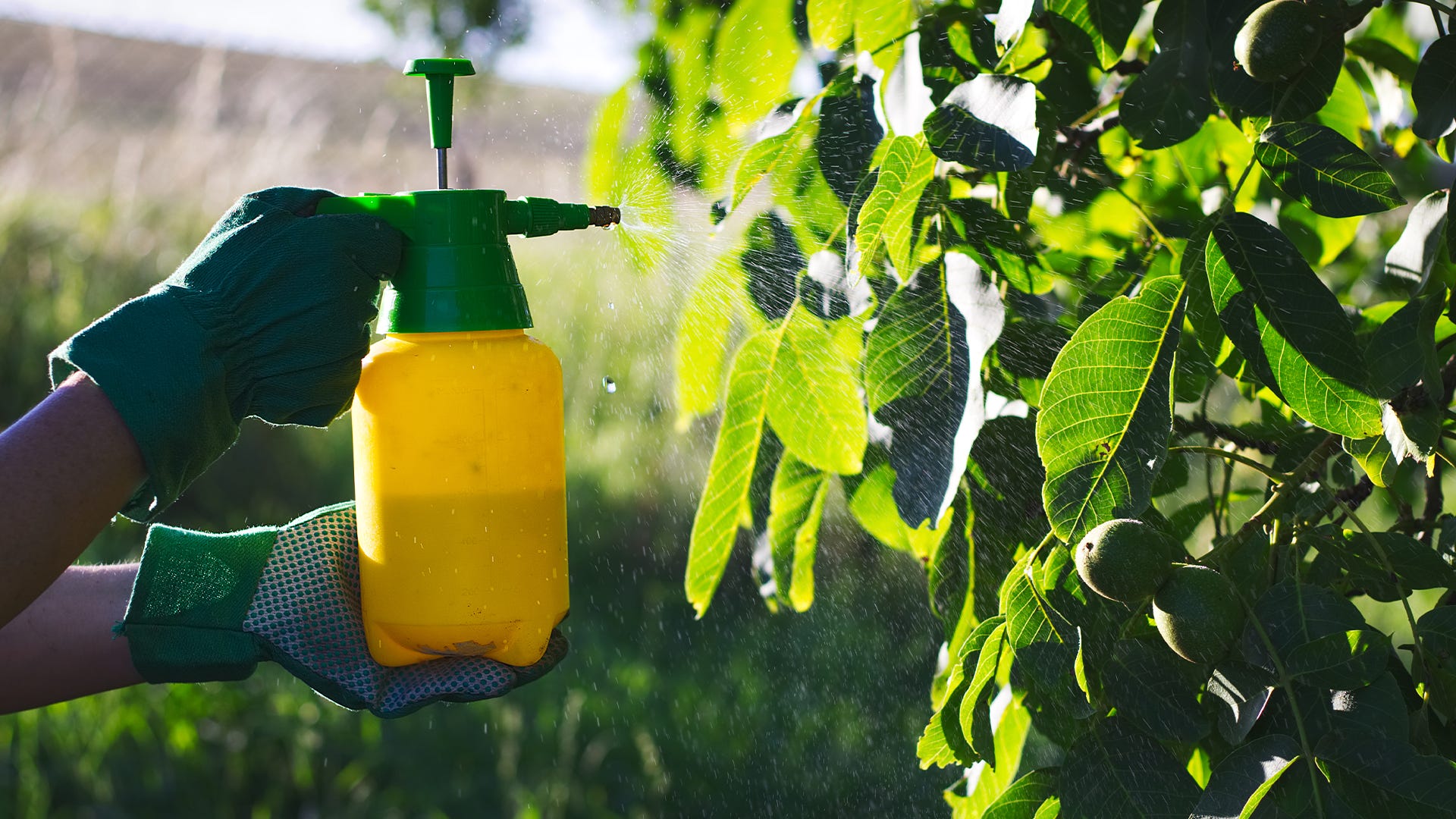
- Selecting the Right Product:
- Choose a horticultural oil or soap specifically formulated for scale insects. These products are effective at penetrating the insect’s protective covering.
- Look for products that target scales at all life stages, from nymphs to adults.
- Opt for low-toxicity options that won’t harm humans or beneficial insects.
- Application Steps:
- Mixing: Follow the manufacturer’s instructions for mixing the product with water. Dilution ratios may vary.
- Spraying: Use a sprayer to apply the solution to the infested plants. Thoroughly cover all affected areas, including the undersides of leaves where scales often hide.
- Repeat Applications: Depending on the severity of the infestation, you may need to repeat applications. Regular monitoring will help determine if additional treatments are necessary.
By incorporating horticultural oils and soaps into your scale insect control regimen, you can effectively manage these pests while minimizing harm to your plants and the environment. Whether you choose to rely solely on these products or incorporate them as part of a comprehensive integrated pest management approach, horticultural oils and soaps provide a safe and reliable solution for combating scale insects in your garden.
Having used Bonide Horticultural Spray 212 Concentrate in my garden, I’m impressed by its effectiveness in controlling pests. The concentrate’s versatile application and systemic action ensure thorough protection against a wide range of pests, including scale insects, aphids, and mites. While the mixing process requires attention to detail, the long-lasting residual effects provide sustained pest control without frequent reapplication. Overall, this product has become a reliable solution for safeguarding my plants and maintaining a healthy garden ecosystem.
✔ Versatile Use: This concentrate can be used on various ornamental plants, shrubs, and trees, offering versatility in pest management across different garden settings.
✔ Systemic Action: When applied properly, the spray can provide systemic protection, targeting pests both on the surface and within the plant’s vascular system for thorough control.
✔ Convenient Concentrate: As a concentrated formula, this product offers value for money, allowing users to mix it with water according to their specific needs and the severity of the infestation.
✔ Long-lasting Residual: The residual effects of the spray provide prolonged protection against pests, reducing the need for frequent reapplication.
❌ Chemical Ingredients: Some users may prefer organic or natural pest control methods and may be concerned about the use of chemical ingredients in this product.
❌ Application Challenges: Proper application of the concentrate requires careful mixing and spraying, and users may need to invest in additional equipment such as sprayers for thorough coverage.
❌ Precautionary Measures: As with any pesticide, users should follow safety instructions and take necessary precautions to protect themselves, pets, and the environment from potential harm.
❌ Resistance Development: Prolonged or repeated use of the same pesticide may lead to pest resistance over time, necessitating rotation with other control methods for sustainable pest management.
Chemical Insecticides: Understanding their Role and Proper Application for Scale Infestation
Chemical insecticides play an important role in controlling scale infestations and protecting plants from the damage caused by these pests. When used properly, these products can effectively eliminate scale insects and prevent further damage. However, it is crucial to understand their role and apply them correctly to ensure the safety of both plants and the environment.
- Mode of Action: Chemical insecticides work by either directly killing scale insects upon contact or disrupting their life cycle to prevent reproduction.
- Specific Active Ingredients: Insecticides contain targeted active ingredients designed to effectively control scale pests while minimizing harm to beneficial insects and plants.
- Selection: Choose the appropriate insecticide based on the type of scale infestation and the affected plants to maximize control and minimize negative impacts.
- Application Guidelines: Follow product label instructions carefully, including dosage, application methods, and safety precautions, to ensure effective and safe use.
- Safety Measures: Wear protective clothing, such as gloves and goggles, to avoid direct contact with insecticides, and consider factors like weather conditions and plant sensitivity before application.
- Environmental Considerations: Take into account the presence of pollinators and non-target organisms when applying insecticides to minimize adverse effects on the ecosystem.
By understanding their role and adhering to proper application practices, chemical insecticides can serve as valuable tools in managing scale infestations and protecting plant health when used responsibly.
Integrated Pest Management (IPM) Strategies: Holistic Approaches for Long-Term Scale Insect Prevention
Integrated Pest Management (IPM) is a holistic and effective approach for preventing long-term scale insect infestations in plants.
- By combining various strategies, IPM aims to minimize the use of chemical insecticides and instead focuses on proactive and sustainable control methods.
- This approach not only protects the health of plants but also reduces environmental impact.
- One key component of IPM is promoting a healthy and balanced ecosystem in the garden.
- By creating conditions that support beneficial insects and predators, such as ladybugs and lacewings, the natural balance can be restored, leading to a reduction in scale insect populations.
- Plant diversity is also vital in attracting a wide range of beneficial insects and enhancing overall garden resilience.
Preventing Scale Insects: Proactive Measures to Minimize the Risk of Infestation
When it comes to preventing scale insects, taking proactive measures is crucial in minimizing the risk of infestation. By implementing these preventive strategies, you can create an environment that discourages scale insects from attacking your plants and ensure their long-term health and vitality.
- Inspect New Plants Thoroughly:
- Before introducing new plants, carefully inspect them for signs of scale insects. Look closely at leaves, stems, and undersides.
- Scale insects can easily spread from infested plants to healthy ones, so early detection is crucial.
- Practice Good Sanitation:
- Keep gardening tools clean and disinfected. Scale insects and their eggs can cling to tools and transfer to other plants.
- Regularly clean up fallen leaves and debris around your plants. These can provide hiding places for scale insects.
- Promote Plant Health:
- Well-nourished and properly watered plants are more resistant to pests, including scale insects.
- Ensure adequate sunlight, proper nutrients, and a balanced watering schedule for your plants.
By following these preventive measures, you’ll create an environment less favorable for scale insects to thrive. 🌿Stay vigilant and proactive, and your plants will thank you with their robust growth and resilience against these pesky pests.
Maintaining Vigilance and Regular Inspections: Staying Ahead of Scale Insects for Healthy Plants
Regular inspections and vigilance are key practices for maintaining healthy plants and staying ahead of scale insect infestations. These proactive measures allow gardeners to identify the signs of scale presence early on and take necessary actions to prevent further damage.
- Examination: Inspect leaves, stems, and branches for small, immobile, shell-like structures that may vary in color. These scales can appear as tiny bumps or waxy growths on the plant’s surface.
- Indicators: Look for sticky residue, known as honeydew, which can signal the presence of scales. Detecting these indicators early facilitates easier control of infestations.
- Thoroughness: Conduct inspections from different angles and lighting conditions to ensure thoroughness. Scale insects may hide in various plant parts, including the undersides of leaves and stem joints.
- Attention to Detail: Pay close attention to all parts of the plant during inspections to uncover hidden infestations. Vigilance is key in detecting scale insects before they cause significant damage.
- Prompt Action: Address any signs of scale infestation promptly to protect plant health and vitality. Timely intervention leads to more successful and thriving gardens.
Regular and meticulous inspections, combined with prompt action upon detection of scale infestations, are essential practices for maintaining healthy and flourishing plants in the garden.
| Staying Ahead of Scale Insects: Vigilance and Inspections | Key Actions and Considerations |
|---|---|
| 1. Frequent Plant Inspection | – Regular Check-ups: Inspect plants thoroughly on a routine basis. |
| – Focus on Undersides: Check the undersides of leaves and stems. | |
| 2. Identifying Early Signs | – Scale Identification: Learn to recognize early signs of scale insects. |
| – Sticky Residue: Look for honeydew or a sticky substance on leaves. | |
| 3. Natural Predators Encouragement | – Beneficial Insects: Encourage natural predators like ladybugs and parasitoid wasps. |
| – Bird Attraction: Attract birds that feed on scale insects. | |
| 4. Pruning and Isolating Infested Areas | – Prompt Removal: Prune and dispose of infested plant parts promptly. |
| – Isolate Infected Plants: Temporarily isolate heavily infested plants. | |
| 5. Ant Management | – Ant Control: Manage ant populations, as they often protect scales from predators. |
| – Ant Baits: Use ant baits strategically around affected plants. | |
| 6. Horticultural Oils and Soaps | – Natural Control Measures: Apply horticultural oils or insecticidal soaps. |
| – Thorough Coverage: Ensure thorough coverage, especially on the undersides of leaves. | |
| 7. Systemic Insecticides (if necessary) | – Consider as a Last Resort: Use systemic insecticides cautiously as a last resort. |
| – Follow Guidelines: Adhere to recommended application rates and safety guidelines. |
Ongoing Plant Care and Maintenance: Ens
Regular and consistent plant care and maintenance are crucial to ensure the health and vitality of your plants, as well as to prevent and manage potential scale insect infestations. By following a few simple practices, you can create an environment that minimizes the risk of infestation and promotes the overall well-being of your plants.
- Nutrition and Watering:
- Provide proper nutrition to your plants using a well-balanced fertilizer. Healthy plants are more resilient against pests.
- Ensure adequate watering based on the specific needs of each plant.
- Pruning and Maintenance:
- Regularly prune dead or damaged branches and leaves. This helps maintain plant health and prevents potential entry points for scale insects.
- Inspect your plants thoroughly, paying attention to the undersides of leaves, stems, and hidden crevices.
Remember that a proactive approach, including regular inspections and timely interventions, is essential for successful pest management. 🌿🪲.
Watch video for more information:
FAQ
What are some common signs of scale infestation on plants?
Some common signs of scale infestation include yellowing or wilting leaves, sticky honeydew residue on leaves or surrounding areas, distorted growth, and presence of small bumps or shells on plant stems.
Are all scale insects harmful to plants?
While not all scale insects cause significant damage, many species can weaken plants and hinder their growth. It is important to identify and address scale infestations to prevent potential harm to your plants.
Can scale insects be controlled without the use of chemicals?
Yes, there are various non-chemical methods to control scale insects such as manual removal, encouraging natural predators, using horticultural oils and soaps, and implementing integrated pest management strategies.
How can I strengthen my plants to resist scale infestation?
Promoting plant health and vigor is key to preventing scale infestation. This can be done by providing proper nutrition, regular watering, ensuring adequate sunlight, and practicing good sanitation by removing fallen leaves or debris.
What are some natural predators of scale insects?
Ladybugs, lacewings, parasitic wasps, and certain beetles are natural predators of scale insects. Encouraging their presence in your garden can help control scale infestations.
Can horticultural oils and soaps be harmful to plants?
When used according to instructions, horticultural oils and soaps are generally safe for plants. However, it is important to test these products on a small area of the plant first to ensure there are no adverse effects.
Is it necessary to use chemical insecticides for scale infestation?
Chemical insecticides should be used as a last resort and only when other control methods have failed. It is important to carefully follow the instructions and choose a product specifically labeled for scale insects.
What is Integrated Pest Management (IPM) and how does it help with scale insect prevention?
Integrated Pest Management is a holistic approach that combines multiple strategies to control pests, including scale insects. It involves monitoring, prevention, cultural and biological controls, and, if necessary, judicious use of pesticides to minimize harm to the environment.
How can I prevent scale insects from infesting my plants?
To prevent scale insects, it is important to practice good plant hygiene, regularly inspect your plants for signs of infestation, remove and destroy infested plant parts, and avoid overcrowding plants.
How often should I inspect my plants for scale insects?
Regular inspections are crucial to staying ahead of scale insects. It is recommended to inspect your plants at least once a week, especially during the growing season or if you notice any signs of infestation.

Studied Agricultural Engineering-Plant Protection at University of California, Davis.
Head of Content writing team at Southelmontehydroponics.com

